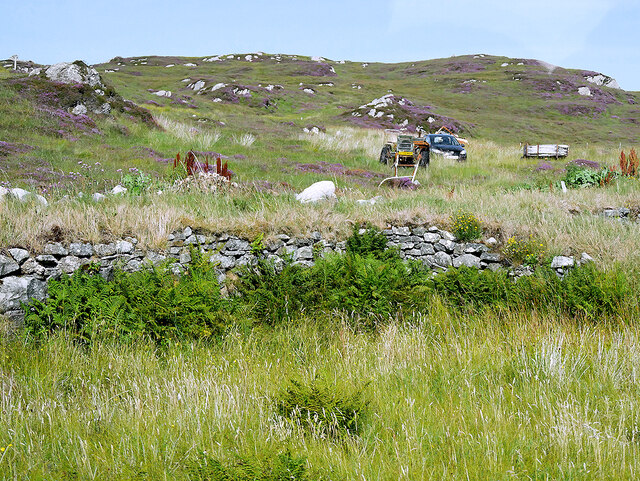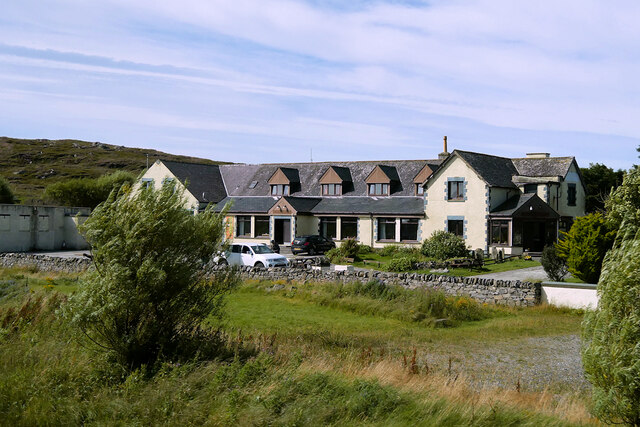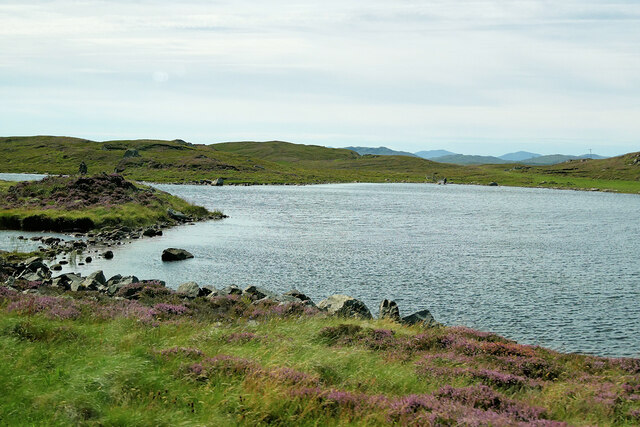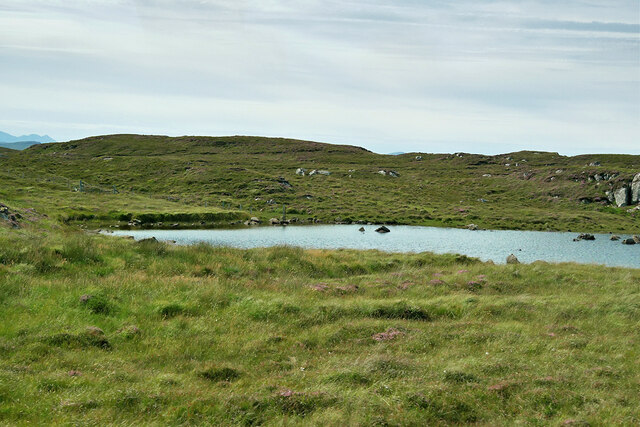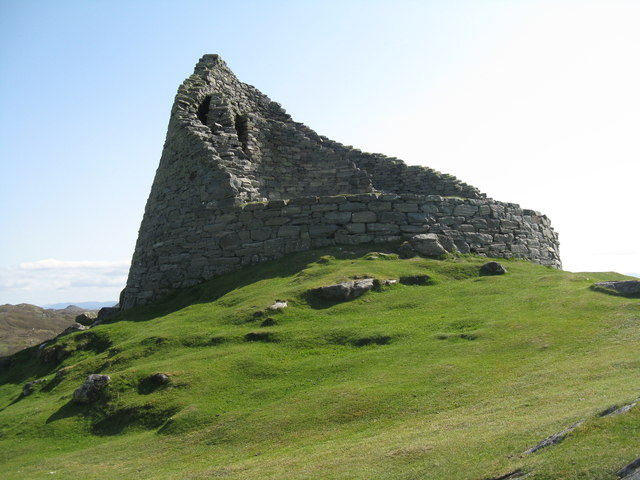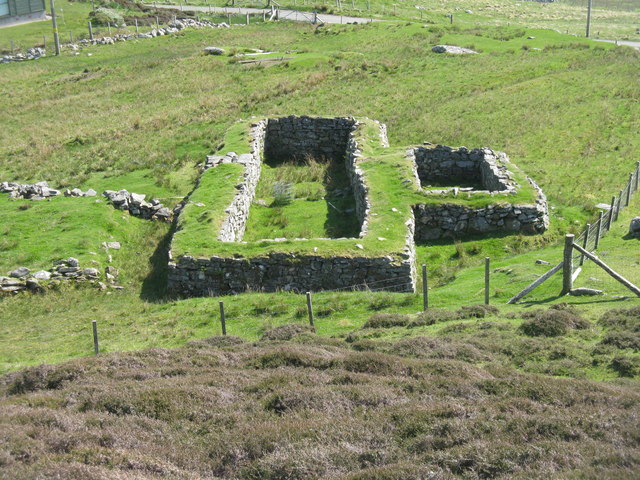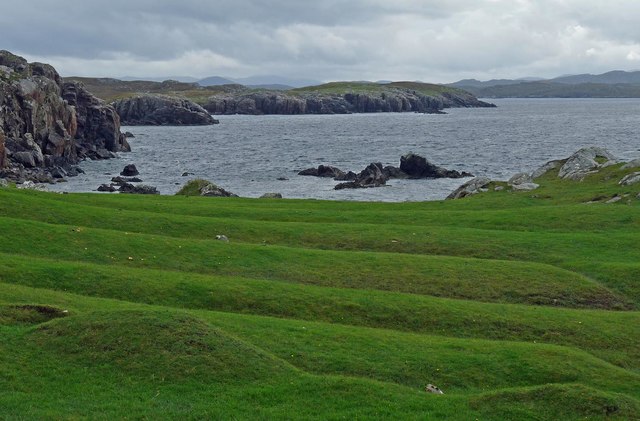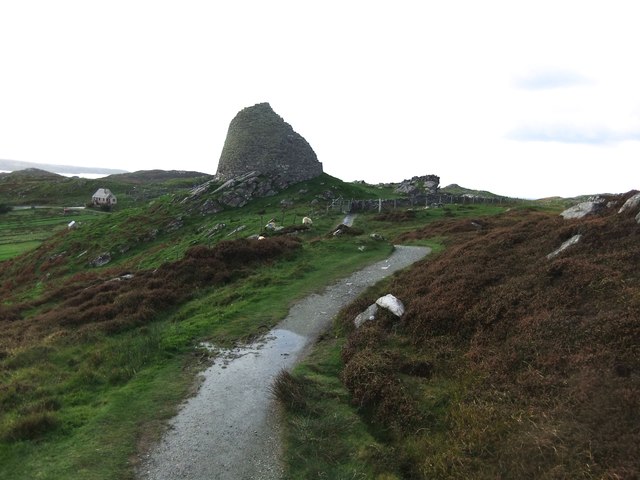Geodh' an Linne
Coastal Feature, Headland, Point in Ross-shire
Scotland
Geodh' an Linne
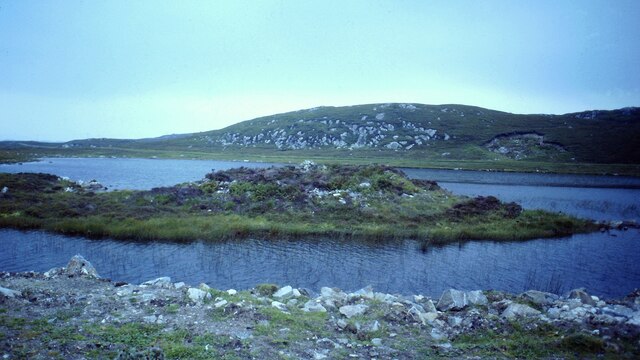
Geodh' an Linne is a prominent coastal feature located in Ross-shire, Scotland. It is an impressive headland jutting out into the North Atlantic Ocean, forming a distinct point along the rugged coastline. Geodh' an Linne is known for its stunning natural beauty and is a popular destination for nature enthusiasts and outdoor adventurers.
The headland is characterized by its dramatic cliffs, which rise steeply from the sea, providing breathtaking views of the surrounding landscape. The exposed rocks of Geodh' an Linne showcase fascinating geological formations, displaying layers of sedimentary rock that have been shaped by millions of years of erosion.
The area is rich in biodiversity, offering a diverse range of plant and animal species. The headland is home to various seabird colonies, including puffins, guillemots, and razorbills, which nest on the cliffs during the breeding season. Visitors may also spot seals and dolphins swimming in the waters around Geodh' an Linne.
Access to Geodh' an Linne is provided by a well-maintained coastal path, which runs along the edge of the headland. This path offers picturesque vistas and ample opportunities for hiking and exploring the rugged terrain. As the headland is exposed to the elements, visitors are advised to come prepared with appropriate clothing and footwear.
Geodh' an Linne is a remarkable coastal feature that showcases the natural beauty and rich biodiversity of Ross-shire. Whether one is seeking stunning views, wildlife sightings, or outdoor adventure, this headland offers a captivating experience for all who visit.
If you have any feedback on the listing, please let us know in the comments section below.
Geodh' an Linne Images
Images are sourced within 2km of 58.255024/-6.8087911 or Grid Reference NB1839. Thanks to Geograph Open Source API. All images are credited.
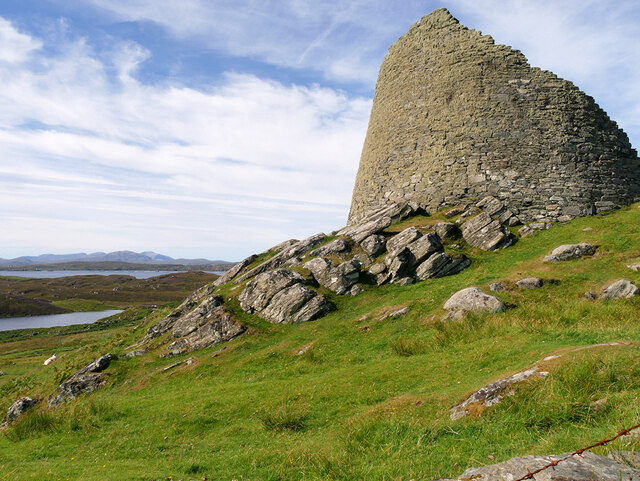
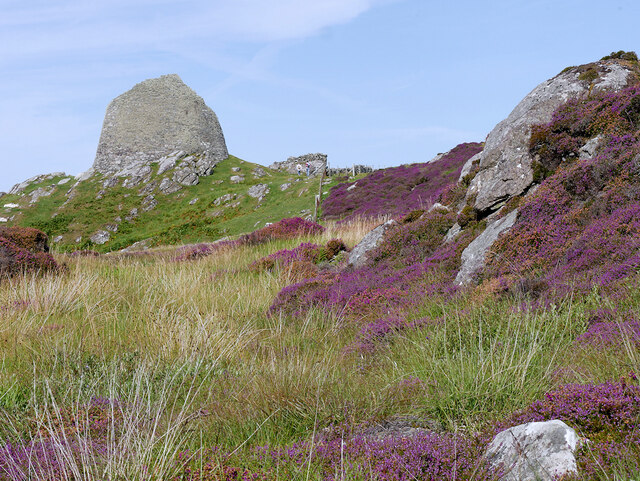
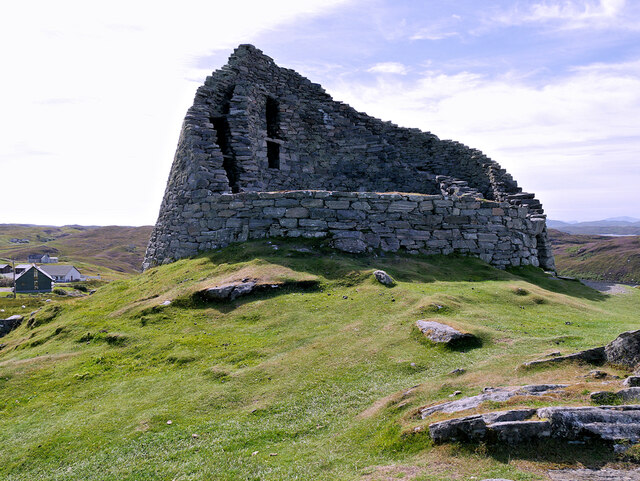
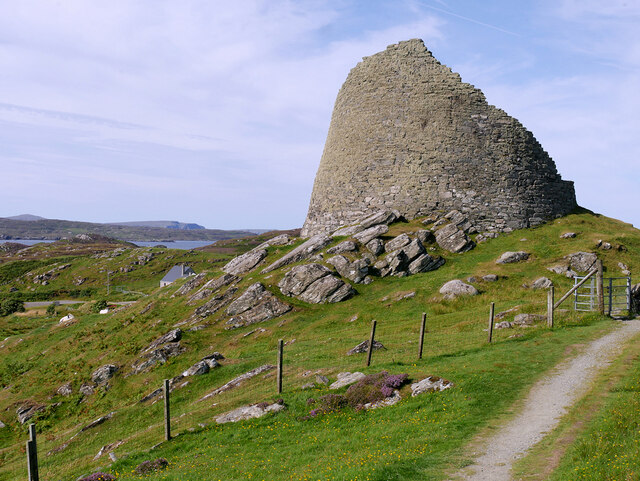
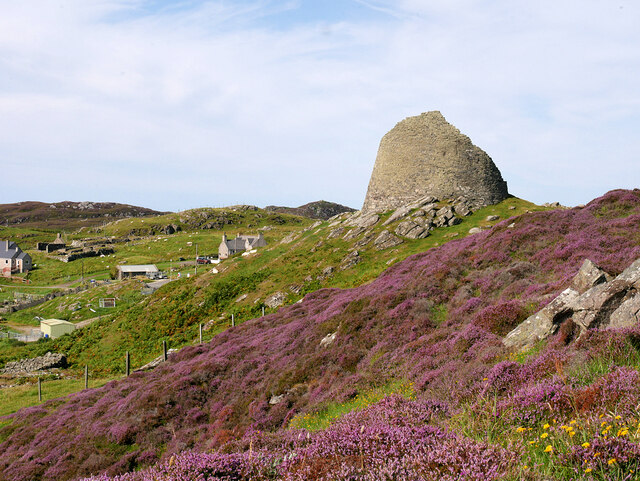
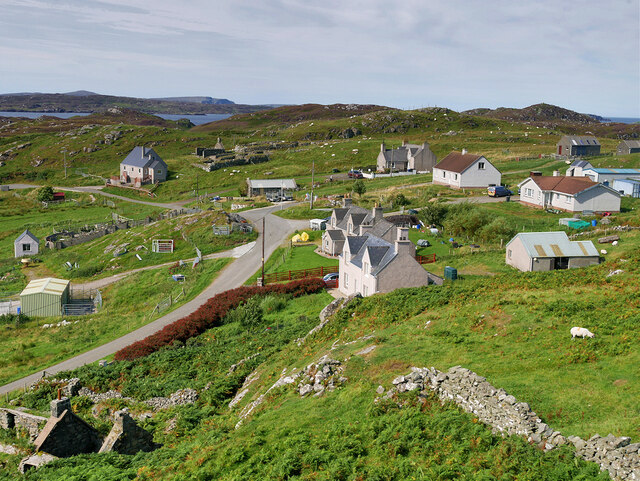
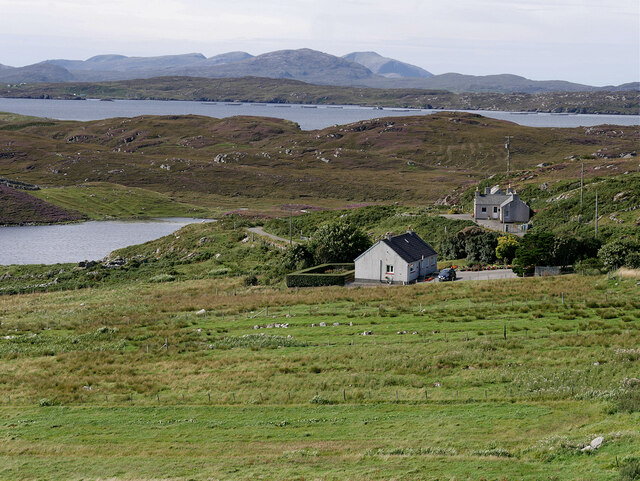
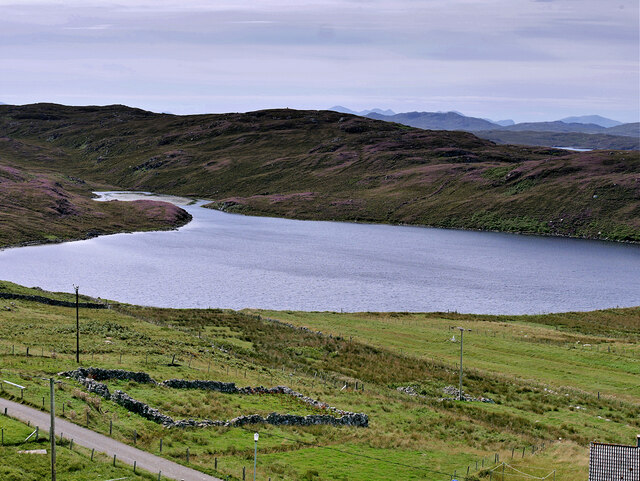
Geodh' an Linne is located at Grid Ref: NB1839 (Lat: 58.255024, Lng: -6.8087911)
Unitary Authority: Na h-Eileanan an Iar
Police Authority: Highlands and Islands
What 3 Words
///beats.vouch.decorator. Near Carloway, Na h-Eileanan Siar
Nearby Locations
Related Wikis
Dun Carloway
Dun Carloway (Scottish Gaelic: Dùn Chàrlabhaigh) is a broch situated in the district of Carloway, on the west coast of the Isle of Lewis, Scotland (grid...
Tolsta Chaolais
Tolsta Chaolais (also Tolastadh Chaolais, Tolstadh a' Chaolais) is a village on the Isle of Lewis, Scotland. It consists of about forty houses, clustered...
Borrowston, Lewis
Borrowston (Scottish Gaelic: Borghastan), with a population of about 50, is a crofting township situated on the Isle of Lewis, on the Outer Hebrides of...
Breaclete
Breacleit (or Roulanish; Scottish Gaelic: Breacleit; Old Norse: Breiðiklettr) is the central village on Great Bernera in the Outer Hebrides, Scotland....
Have you been to Geodh' an Linne?
Leave your review of Geodh' an Linne below (or comments, questions and feedback).
